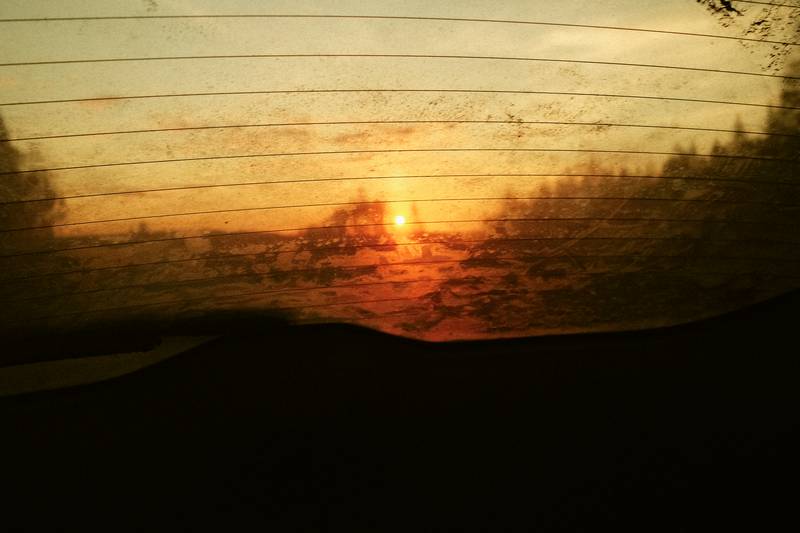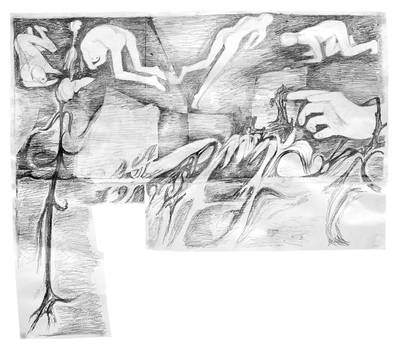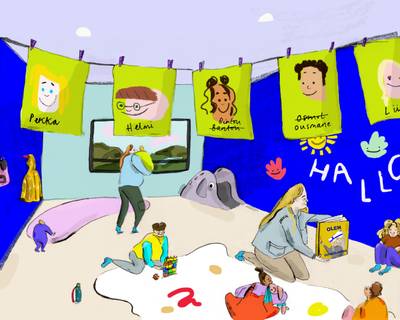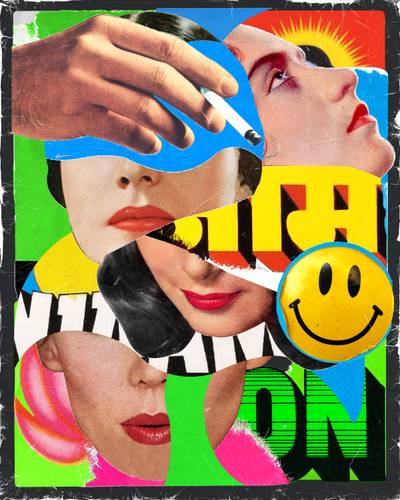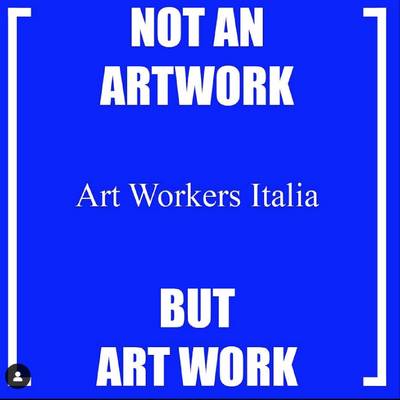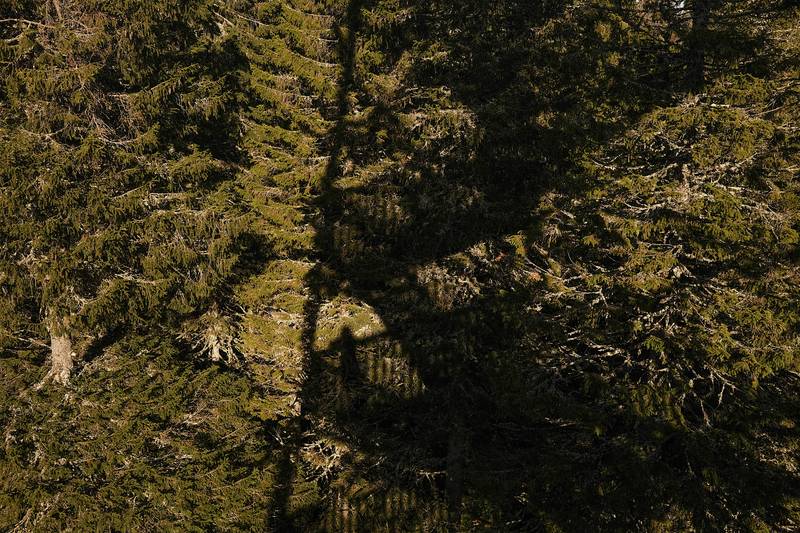

Mariliis Rebane is a freelance curator and researcher based in Helsinki. Their research interests revolve around topics such as history, heritage, time, duration and processes. Rebane’s work is currently supported by the Kone Foundation.
To be able to see ahead, to be oriented towards the future, is linked to the question of hope. (…) Hope is often described as a future-oriented emotion. (…) Hope is a feeling that is present (a pleasure in the mind) but is directed toward an object that is not yet present.(…) Hope, we might say, is a thoughtful way of being directed toward the future, or a way of creating the very thought of the future as going some way. (…) If the future is that which does not exist, what is always before us, in the whisper of the “just ahead,” then hope also involves imagination, a wishfulness that tells us about what we strive for at present. Hope is a wish and expectation that a desired possibility is ‘becoming actual.’ – Sara Ahmed1
All images courtesy of Rooa Paldanius
This quote originates from the essay “Happy Futures, Perhaps” by feminist academic Sara Ahmed. The text reflects on the dystopian film Children of Men (2006) taking place in a future threatened by global infertility. The main character, Theo, finds himself in a situation where he must act in order to save humankind, by helping a pregnant refugee named Kee onto a boat called Tomorrow. He must act, whether he has hope or not.2
While the melancholic aesthetics of apocalyptic narratives have appealed to me in the past, lately I have become unsure about such plots. I know that exhibitions such as How to Postpone the End by Felipe de Ávila Franco and Husa by Mari-Leen Kiipli call attention to the fact that the future of civilization can and will be lost if we do not divert from our current course. At the same time, I also perceive such narratives as indications of the widespread crisis of hope.3
According to psychotherapist Lisa Baraitser the fact that the time ahead is frequently narrated as uncertain indicates that the future “has become emptied of its affective qualities such as hope, anticipation, longing, or the promise of satisfaction or betterment.” According to her, we live in times where we know that “[t]he future will come, for sure, but it will bring no fulfilment of the promises of now.” Philosopher Franco ‘Bifo’ Berardi describes the scepticism towards what lays ahead as “the slow cancellation of the future.”4
I believe that exhibitions have a reality-making capacity and a role in shaping public opinion. They can uphold, underpin or prop up ideas that are undervalued. Can curating then expand the way time is generally perceived? Can it attend to the crises of hope? An overview of display practices’ history at least reveals that curating has always reflected the current approach to time.
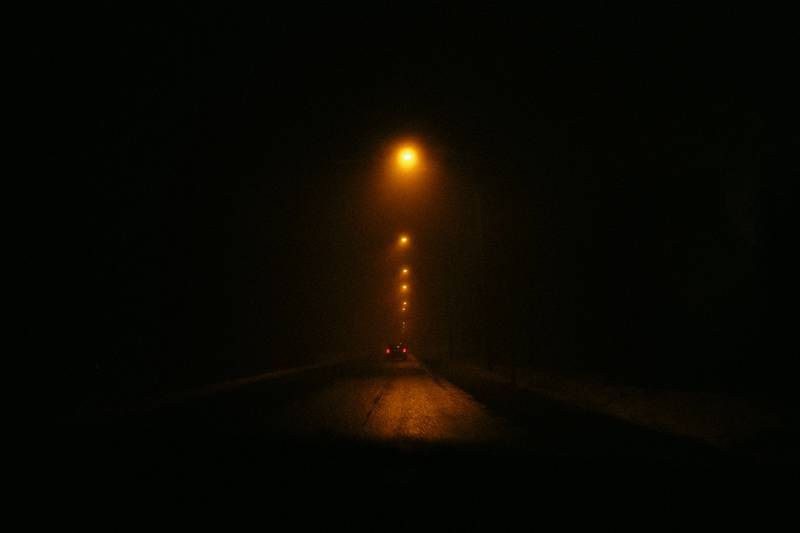

Art as a Radical Form of Hope
Since the beginning of the 21st century, Western critical discourse has increasingly described time as homogeneous. Nevertheless, in the general consciousness, the idea of linear time also continues to endure. The unfolding of time is, for example, experienced in the form of artefacts that the cycle of innovation and obsolescence produces (the evolution of the cellphone over the past decades being the most apparent example).5 At the same time, there is also a growing awareness of the reality that the current ideology is trying to conceal. The recognition that the future can be lost if we continue to prescribe to the cycles of growth, progress and accumulation, has become the source of the above mentioned dystopian narratives.
Ahmed writes that in the crisis of hope a project which we can do together with others, as a way to escape everyday routines, can become a source of energy. Having a project can be a way of maintaining hope because a project binds us to a projected future, that is intending to transform the world for the better, even if only in some small way. While that project can be anything, writer Emmi Itäranta considers art making a radical form of hope.6
Working in the field of arts is undeniably reliant on the ability to cultivate future-oriented feelings, and maintaining them also requires ongoing efforts, particularly when there are minimal structures around us to lean on for support. The need to reinvent hope becomes the most burning each time one has to motivate themselves to write another application, proposal, or cover letter. At the same time, the ability to remain hopeful is praised by the Neo-liberal labour markets. This is because hope motivates us to remain productive even in most precarious circumstances. However, when the world around us seems to be falling apart, maintaining that future-oriented feeling becomes a real challenge.
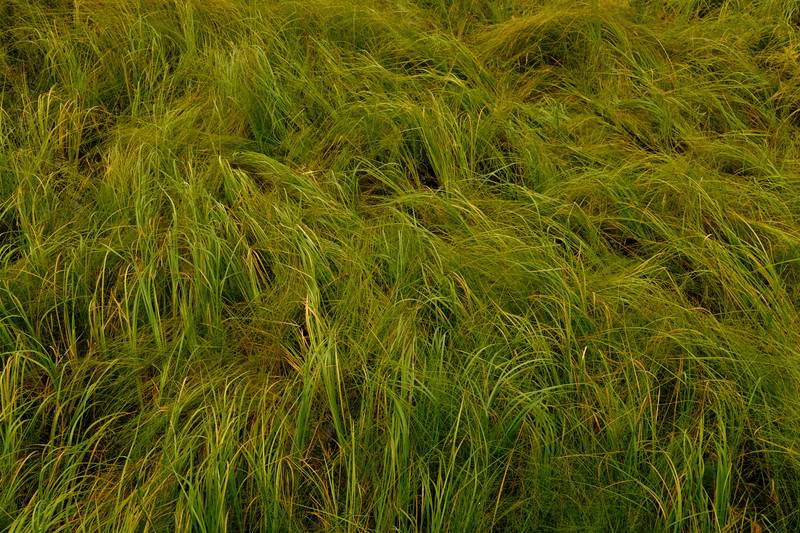

Writers Pontus Purokuru and Veikka Lahti talk in the podcast Mitä meitä vaivaa? about the ‘poor aesthetics’ that they perceive to be the style characteristic to the art of the cancelled future. They describe this aesthetic style as having deliberate technical incompetence as well as ambitions to capture that which is weak, modest, subtle or insignificant.7
The ‘poor aesthetic’ reflects the struggle to keep making things, even when the future is regularly narrated as uncertain. Perhaps it can equally be viewed as an attempt to unravel the ideals of progress and (self)development that also stem from the modernist concept of linear time. In addition, the ‘poor aesthetic’ can be seen as an effort to expand the Western aesthetic standard of beauty and the sublime by marginalised groups, who lacked a possibility of defining these qualitative criteria in the first place.8
Humanist projects (which philosophy and art are considered to be) are motivated by the ideal of achieving more equal and sustainable futures. This aim is undeniably intertwined with the need to revise the concept of time. After all, the idea of linear time is built upon the idea of progress which places (specific) people in the forefront of evolution while enforcing normative systems such as capitalism, class, nationalism, whiteness, heteronormativity, and individuality. Re-evaluating this concept of time will not only challenge violent norms, but it will also indicate that the present is full of potential, as opposed to the one possible future that linear time predicts.
Educator and author Jesse Matz considers it possible to resolve the crisis in time caused by modernity through aesthetic engagement that “repairs or even reinvents temporalities jeopardized by the pace, priorities, and sheer novelty of modern life.” According to art historian Jörn Schafaff, curatorial practices can also create zones where “time is not structured to the degree it is in other areas of technological, post-industrial, [and] capitalist societies.”9
For example a (well curated) group show which links contributions that may not seem initially compatible can become more than the sum of its parts; and thus it may acquire a unique sense of time that does not necessarily translate into language.10 Schafaff writes that in the 19th century museum visitors (who were usually educated white men) considered themselves as “autonomous, freely operating subjects in the forefront of the progressive current of history.” Today the visitor creates their own exhibition experience by connecting “elements that are not subordinated to a uniform, universally valid order.” Combining contributions that approach time from unique perspectives, makes it impossible to imagine a uniform and linear history.11
Reasoning for the potential of the arts is equally a way of validating projects in numerous applications. Most probably however it is about maintaining hope for myself. Since art has never been the most direct way of influencing reality, for me such claims always contain some sort of wishfulness or utopian qualities.
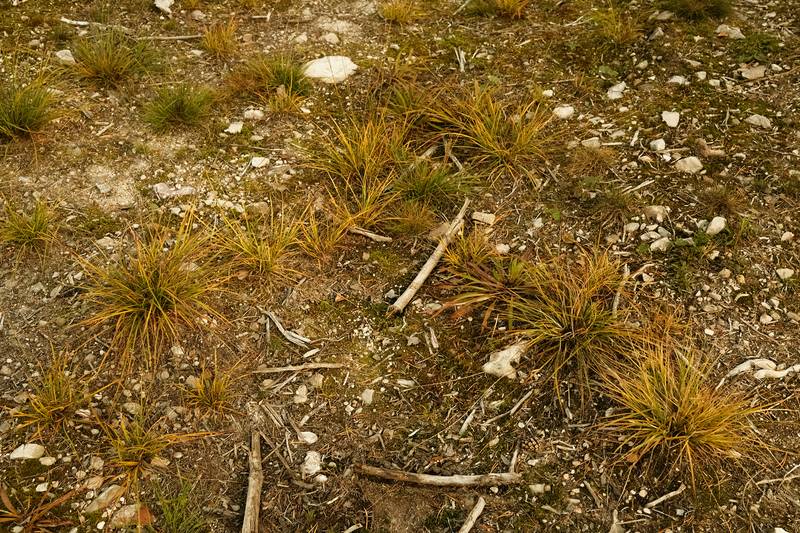

I tend to get attached to ideas concerning what art can do or achieve.12 When the field is constantly in a precarious position threatened by budget cuts, this kind of argumentation is a way of justifying the role of art in society. Reasoning for the potential of the arts is equally a way of validating projects in numerous applications. Most probably however it is about maintaining hope for myself. Since art has never been the most direct way of influencing reality, for me such claims always contain some sort of wishfulness or utopian qualities.
Risk of Disappointment
Just as the amount of artworks that engage with dystopian plots seems to have increased over the past decades, the number of works dealing with utopia appears to have gone up as well. Itäranta writes that when art starts to depict futures, it actually focuses on studying the present and the changes taking place within it. When the pace of change accelerates, so does the number of future visions.13
Yet, rapid technological and cultural developments assure that the prognosis for the future becomes anachronistic shortly after it’s made. For example, the futuristic products of the past (such as books, films or architecture) visualise the shortcomings of utopian prognosis, while demonstrating that we are unable to imagine what lies ahead. Professor of English Amy J. Elias writes that “by showing the misguided nature of that optimism, it [the past prediction] renders all forms of futurism or utopianism naïve and doomed to failure.” Since utopias can be easily judged, being hopeful and dreaming can make us vulnerable to criticism. Nevertheless, Cuban American academic José Muñoz insists that this is no reason to forsake utopia as a critical tool for questioning the present.14
Still, where there is hope, there is always the possibility for disappointment. According to Ahmed the unwillingness to believe in the possibility of a different world can be interpreted as a defence against such suffering. She says: “How better to avoid disappointment than to refuse to believe in the possibility of anything happening at all? Most of us have probably experienced pessimism as a survival tactic: those moments when you prepare for disappointment by avoiding being hopeful, by deciding in advance that there is no hope of achieving the thing one wants even as one ‘goes for it.’”15 I wonder if dystopian visions of the future, which are meant to warn us of impending catastrophe, are in fact preparing us for this eventual disappointment.
As an example, I am thinking of the artwork To Burn, Forest, Fire (2021) by Katie Paterson that took the form of a ritual where two incenses were burnt: one of which captured the smell of the first forest and the second the smell of the last forest on Earth. According to the booklet, the question of which will be the last forest of our planet was proposed with the hope “that we will change paths and avert the loss” of the forest, now that we are aware it can in fact be lost.16 After reflecting with a friend on our experiences of that work, I came to wonder if burning incense in church environments had too close of a resemblance to a grieving ritual. Perhaps the reluctance I experienced during the ritual did not only come from the unwillingness to participate in a rite that had religious connotations. Maybe it came more so from not wanting to accept the loss of the forest before it has actually occurred.
My suspicion towards the dystopian narratives which aim to warn us of the impending threats, comes from the assumption that we are already aware of the possibility of losing the future while the questions I think we might actually struggle with are: How to overcome the sense that nothing can be done? How not to accept the loss before it has occurred? Nevertheless, dystopian narratives may still be a valid way of processing difficult feelings. They may also be the last resource to revert to when nothing else has an effect on changing our behaviours.
In any case, it must also be added that having hope in itself is not an integral part of taking action. Having hope can also be dangerous because when we are certain that our undertakings are going to have the desired result, there is a chance that the necessary steps will be postponed indefinitely, thus allowing the unwanted future to take its course.17
Therefore, I would like to end this text with another thought by Sara Ahmed who writes that we do not have to make a choice between pessimism and optimism. Instead we can explore the strange mixture of hope and despair. This ambiguous state could even take the form of a politics which critiques the world as it is, while still maintaining the belief that it could be different.18
